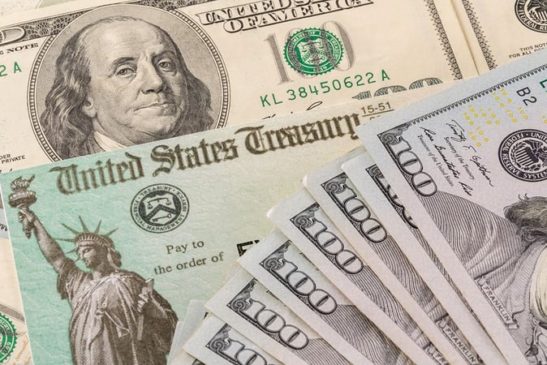According to the latest CPI data published by United States Bureau of Labor Statistics, the surge in consumer prices was propelled by various factors. The shelter index, for instance, continued its upward trend, effectively offsetting a decline in the gasoline index. The energy index, witnessing a 2.3% decrease, was notably impacted by a significant 6.0% drop in the gasoline index, overshadowing increases in other energy component indexes.
In terms of food, the index experienced a modest 0.2% increase in November, following a 0.3% rise in October. The new CPI data shows that the index for food at home edged up by 0.1%, while the index for food away from home rose by a more substantial 0.4%.
In-Depth Analysis of Components
Further delving into the data, the CPI index for all items less food and energy rose by 0.3% in November, surpassing the 0.2 % increase recorded in October. Notable contributors to this rise included indexes for rent, owners’ equivalent rent, medical care, and motor vehicle insurance. Conversely, certain sectors witnessed declines, including indexes for apparel, household furnishings and operations, communication, and recreation.
Over the last 12 months, the all items index rose by 3.1%, though this increase was marginally smaller than the 3.2% rise observed for the 12 months ending in October. The all items less food and energy index exhibited a consistent 4.0% increase year-over-year, mirroring the rate observed for the preceding period.
The energy index, however, decreased by 5.4% for the 12 months ending in November, while the food index increased by 2.9% over the past year.
Federal Reserve’s Policy Meeting and Future Outlook
The release of the latest CPI data coincides with the ongoing Federal Reserve’s two-day policy meeting, where interest rates are expected to be held steady for the third consecutive time.
Having raised rates 11 times since March 2022, policymakers are anticipated to signal the conclusion of the era of policy tightening, with the next phase likely involving cuts at a yet-to-be-determined pace.
Despite this, the immediate future, as inferred from futures pricing, suggests a negligible likelihood of further rate hikes, with the initial cut potentially on the horizon in May 2024.



